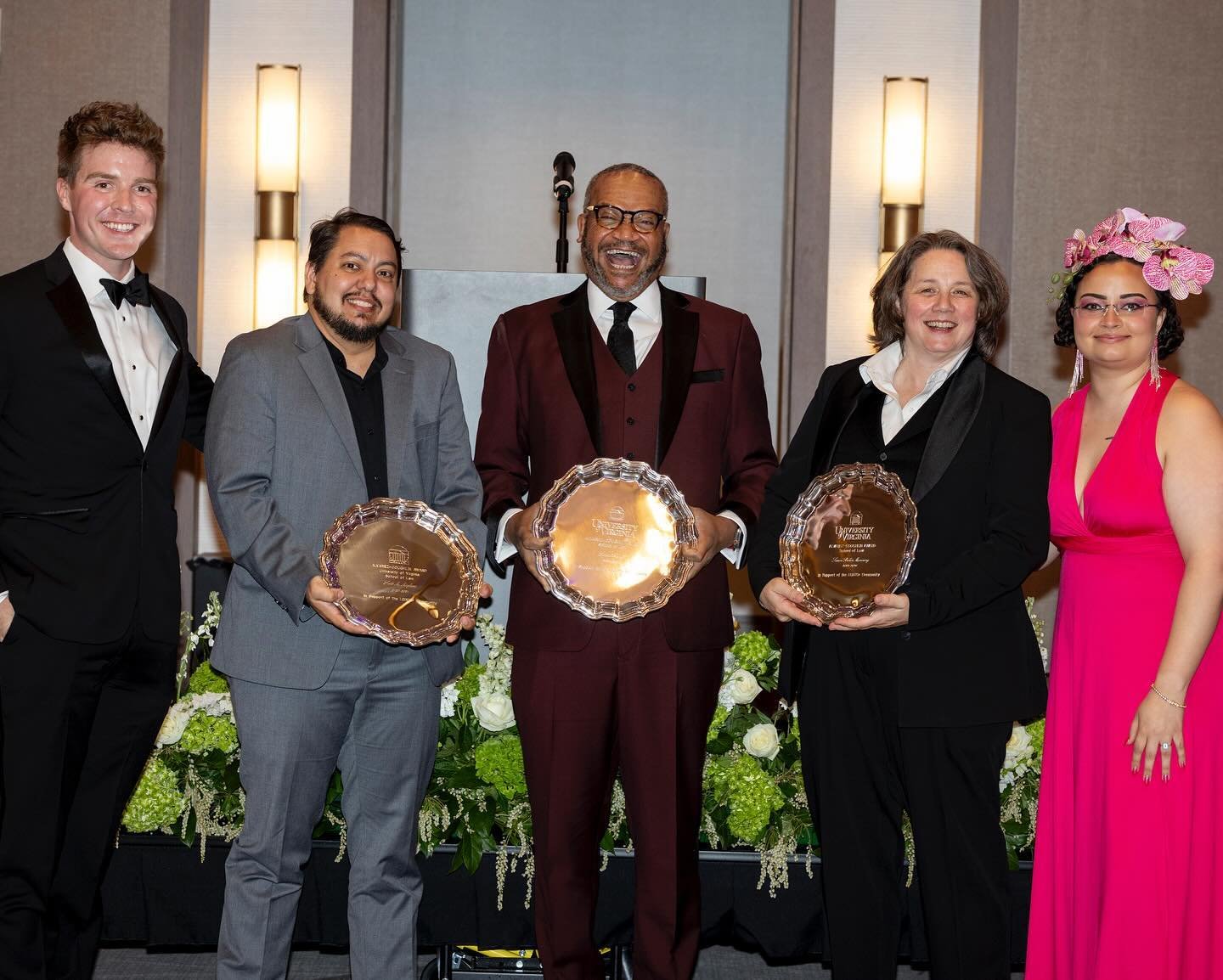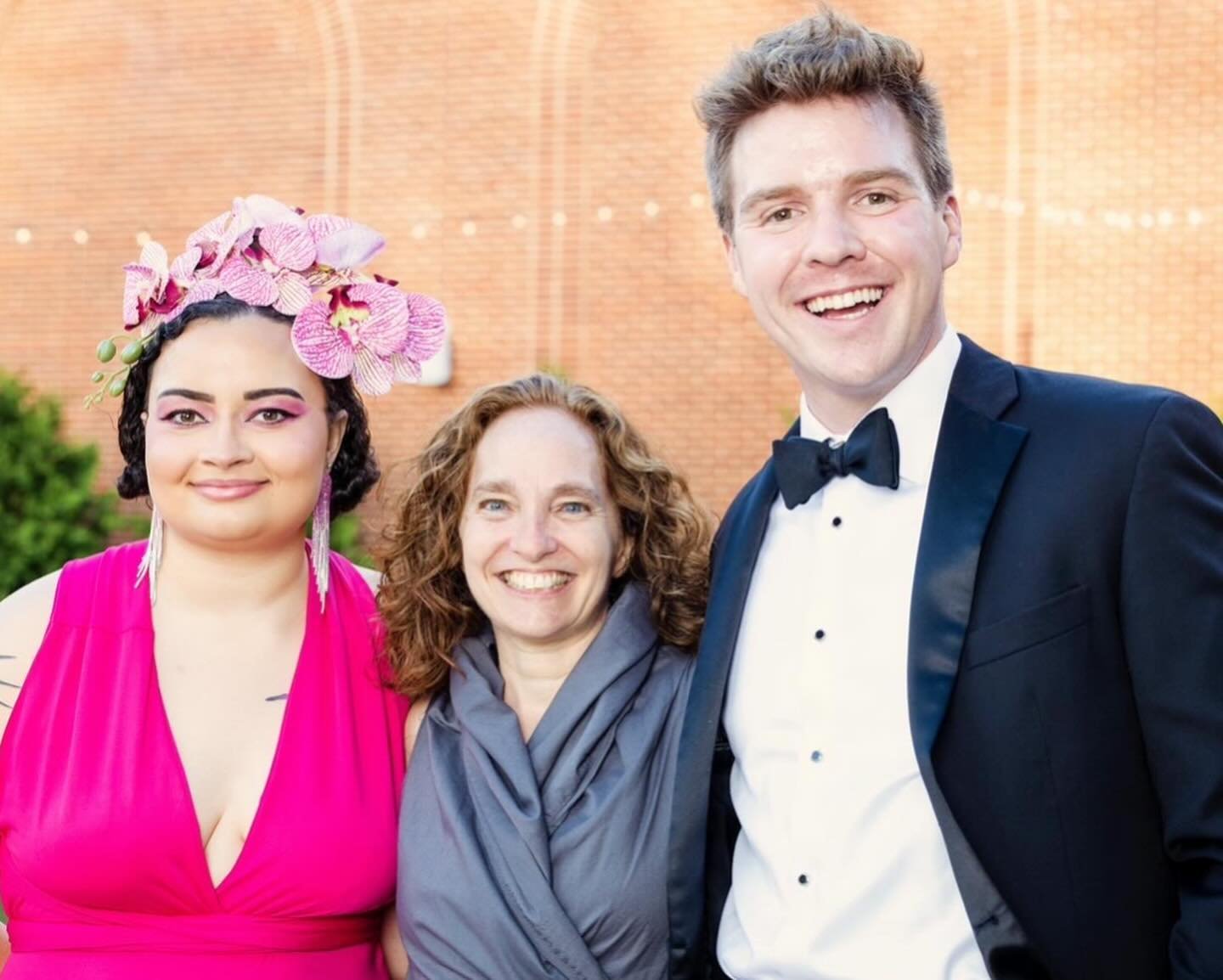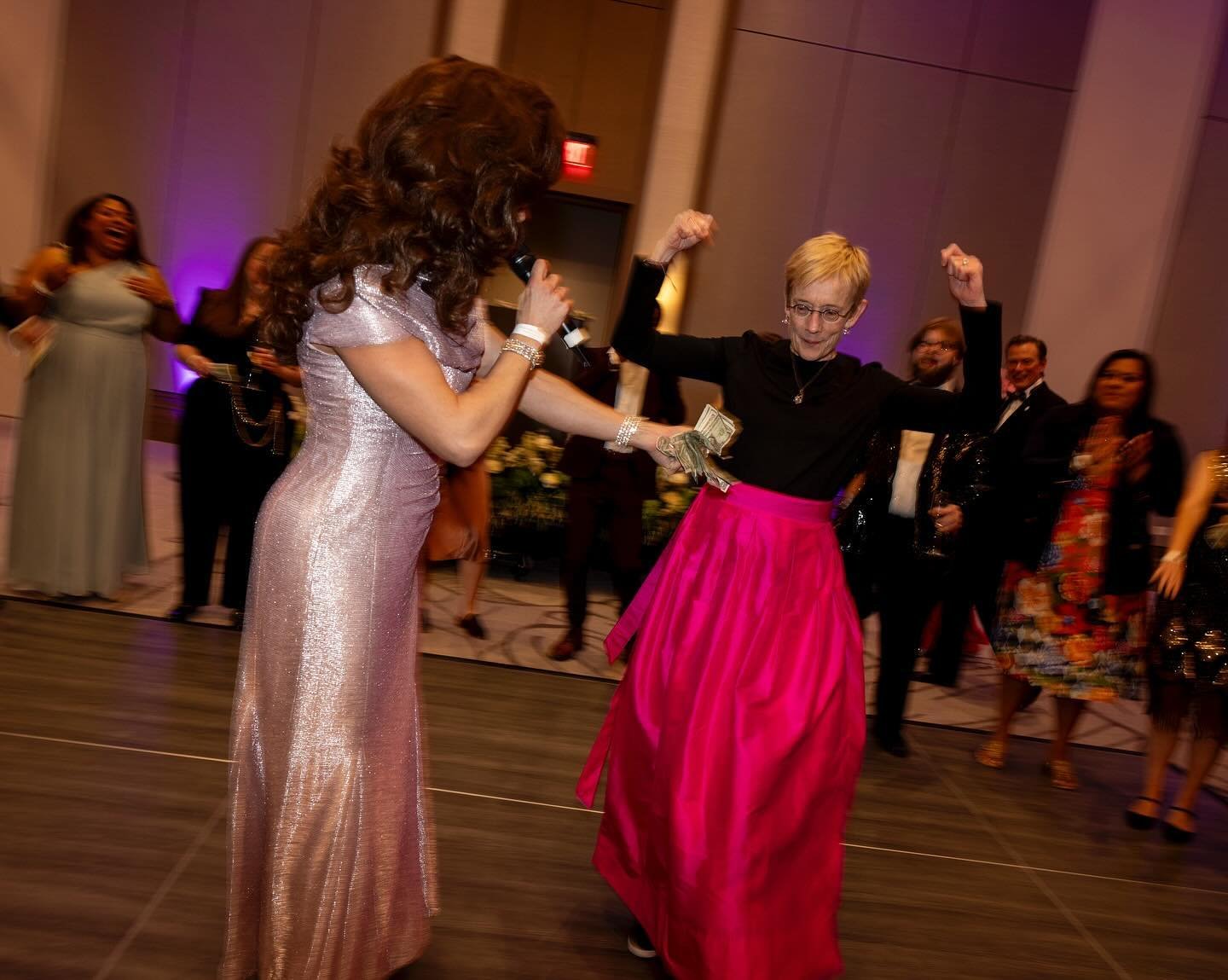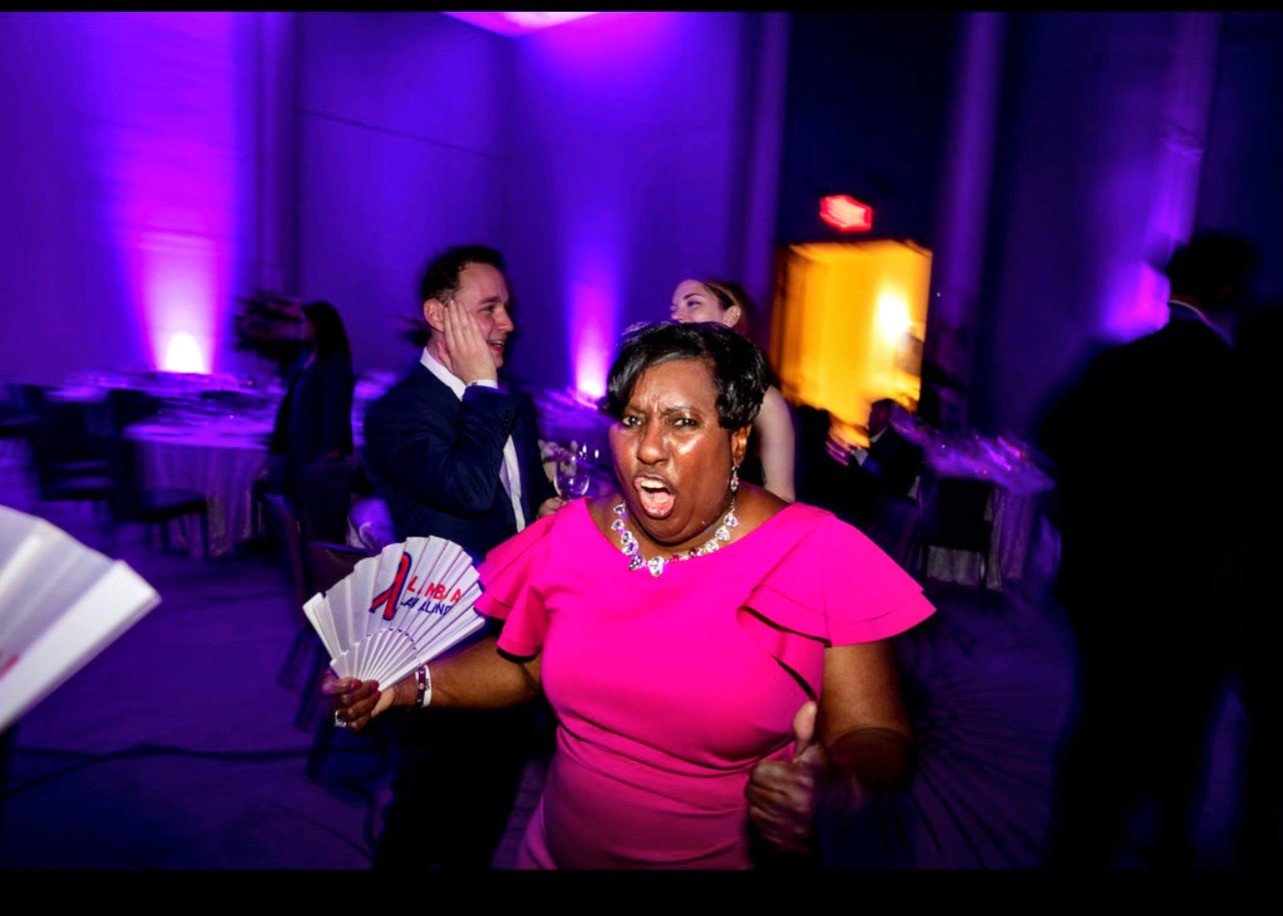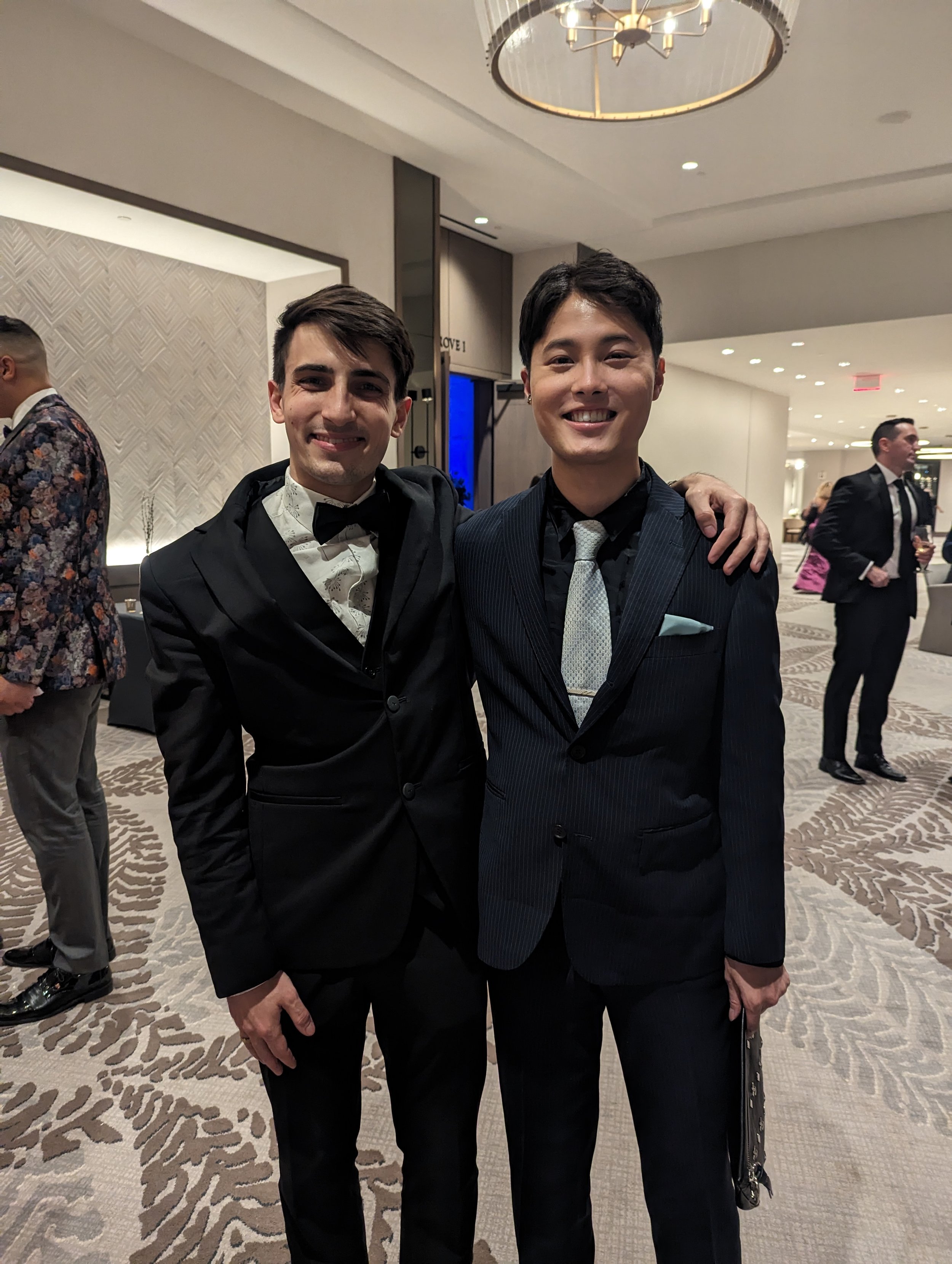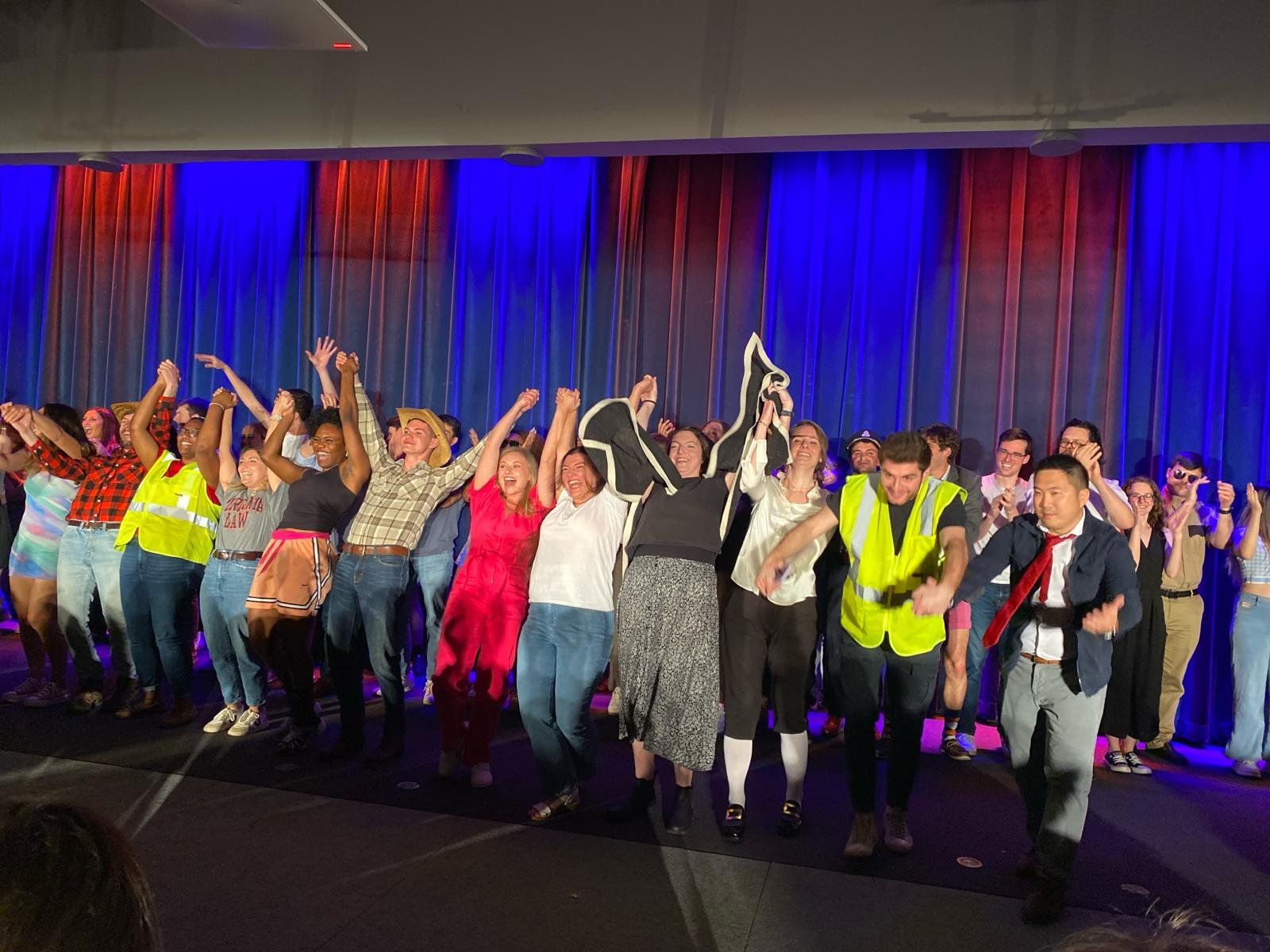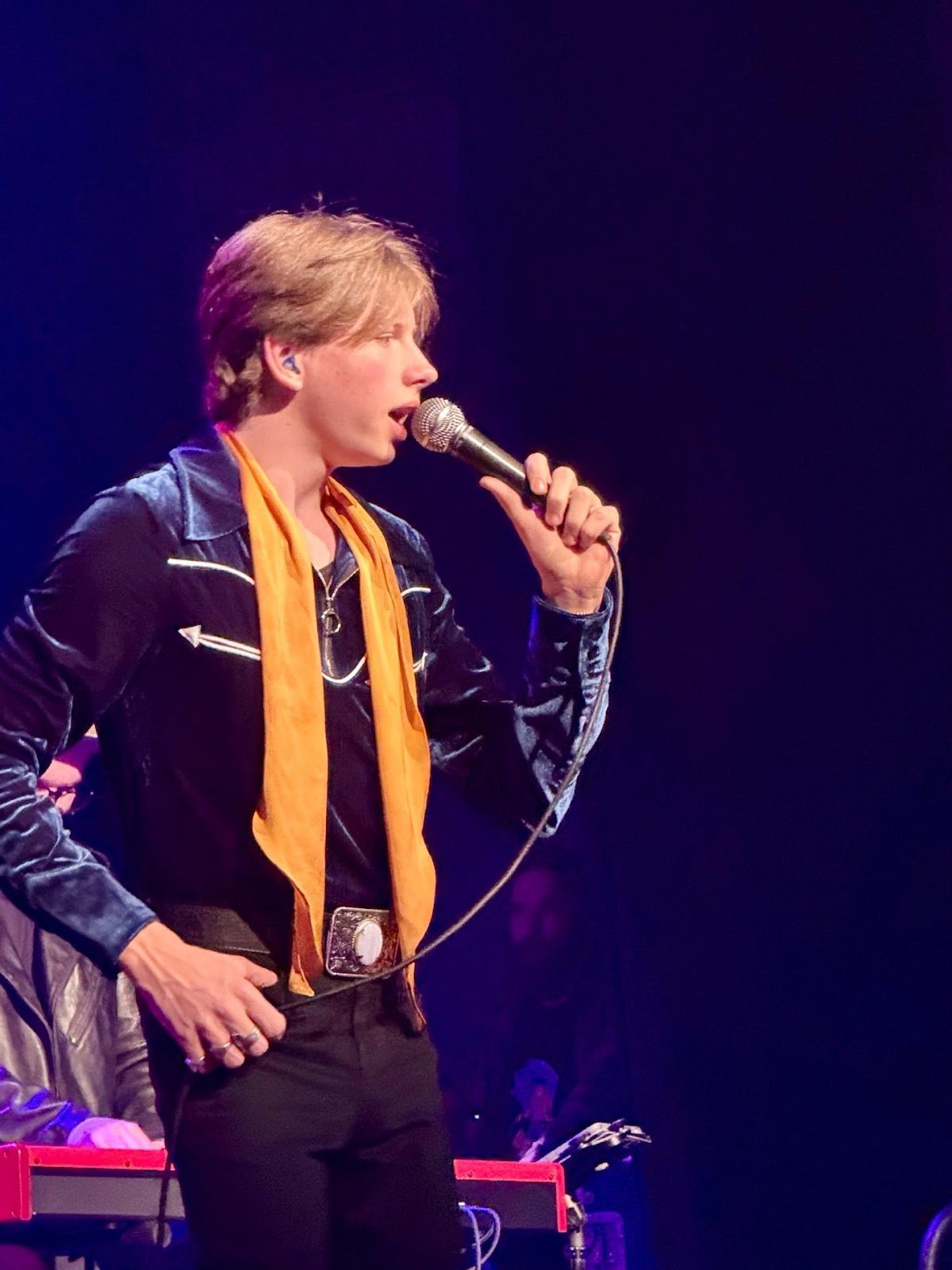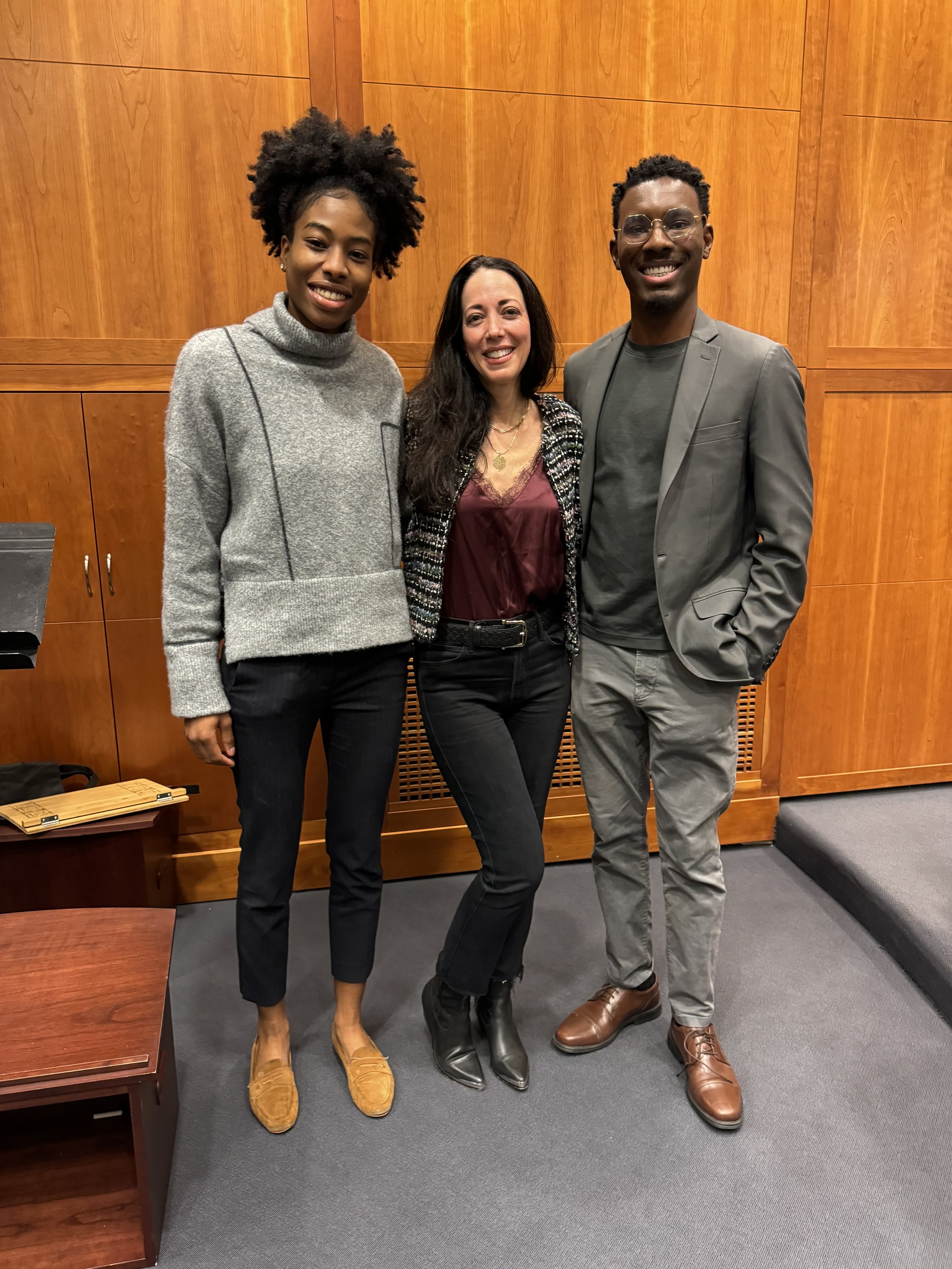Beloved by colleagues...
“I considered Professor Schauer a teacher and mentor, as well as a colleague and friend. I first met Fred in 1994, when I was a teaching assistant for the required course in political ethics that he taught with two other faculty members at the Kennedy School of Government at Harvard University. Over the years, Fred offered me advice and guidance as I made my way into academia. He was what our colleague (and former Dean) Risa Goluboff calls a “warm demander.” He encouraged me but did not shrink from telling me when he thought my arguments were wrong or a project unpromising. It’s rare to find someone who will tell you the truth about their opinion of your work but do it in a way that is kind. I will miss that about him, as well as so much else.”
– Professor Deborah Hellman
“Bobbie and Fred and my family are nearly next-door neighbors, and that proximity gave me what is now my fondest memory of Fred: seeing Fred up early on a crisp, sunny morning driving down the road in his convertible with the top down and a look of happiness on his face. Happy, restless, always on the go looking for the next adventure—that is how I always did and always will think of Fred.”
– Professor Greg Mitchell
“Fred Schauer was brilliant and kind. Each quality is admirable in itself, but the combination is rare and precious.”
– Dean John C. Jeffries
“When we had the good fortune to attract Fred Schauer to the Law School, I knew we were gaining a brilliant and celebrated scholar. I had no idea that I would also gain a kind and generous friend whose wide-ranging interests and good humor were as infectious as they were delightful. He enriched our community and his colleagues in countless ways.”
– Dean Paul Mahoney
Fred’s absolute brilliance was evident to all. You could not help but notice it. He was blessed with an intellect that was second to none, coupled with a fluid, inviting, writing style. This combination made him an unmatched scholar.
As a colleague, he lacked airs and pretensions and had little patience for those who did. He was accessible to everyone and ready to hear questions from colleagues and students. He was generous with his time and with his ample knowledge and wisdom.
Above all, Fred was a dear friend and I will miss him terribly.
– Professor Saikrishna Prakash
Photo contributed by Dean Leslie Kendrick
…and students alike
“Professor Schauer is a legend and I feel lucky to have had him as a professor. He is brilliant and yet genuinely humble and funny.”
“Professor Schauer is easily the best professor I have ever had. He is incredibly well prepared for each class and so incredibly knowledgeable about the subject matter.”
“Incredibly knowledgeable, sharp and funny. I enjoyed his frank and straightforward approach to the development of current doctrine, and the breadth of his knowledge on the historical developments on the Supreme Court was impressive.”
Source: Vienna University of Economics and Business
“Professor Schauer's teaching is wonderful . . .He is clearly a master of the material and does a great job conveying his wisdom to his students.”
“Professor Schauer is an amazing teacher. He is organized, funny, and quick to point out areas where the doctrine is unclear . . . He is one of the best professors at the law school.”



















